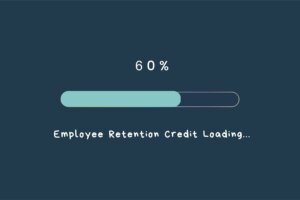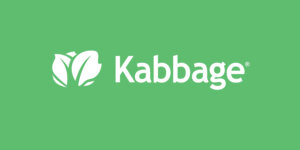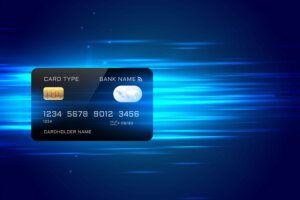(First in a series on Fundraising & Social Media)
There’s no such a thing as an “email fundraising campaign.”
“Wait,” you say. You’ve heard of lots of nonprofits that are raising money with email. “How can there be no such thing…?”
That’s because a typical email just doesn’t have the technical power to get the reader’s attention, generate continued interest, create the desire, and capture an action.
At the very least, you need a landing page to “close the deal,” an email message to send to those who’ve taken the action you requested, and a follow-up page to send them to. It’s usually a lot more complicated than that.
So, email is often the beginning of an online fundraising campaign. It’s the honey you cast upon a few thousand flowers (depending on how many email addresses you have) that entice them to come to your web site.
Here’s a checklist of some of the key elements in an online campaign:
• The Subject Line – Goal: to get the email opened. Hint: think in terms of a
good outer envelope teaser line. Don’t give away the contents of the message.
• The “From” Name – Goal: to build recognition and help with email opening.
Hint: Test the signer’s name against the organization or campaign name.
• The Email Message – Goal: to generate a click to the website. Hint: email
messages are scanned, not read. Use bullet points, relevant images (linked to
the landing page) and make sure a text link or button is always visible
no matter how the reader scrolls
• The Landing Page – Goal: to “close the sale.” Hint: Give them enough additional
information (or, better yet, emotion) to convince them to act, then take away all
of the obstacles to successful action (e.g. unnecessary additional clicks,
distracting links to other pages, irrelevant questions)
• The Thank-You Page – Goal: to immediately broaden and/or deepen the
relationship with this supporter. Hint: Here’s a good place for a survey, or a link
to a longer video. They want to know they made a smart move on the
previous page, so give them a chance to get to know you better.
• The Thank-You Email – Goal: exactly the same as the thank-you page.
Hint: If your automatic thank-you email is more like a receipt, send a second email
a few days later, with warmer copy and more links.
=-=-=-=-=-=-=-=-=-=-=-=-=-=
Rick Christ has been helping nonprofit organizations use the internet for fundraising, communications and advocacy since 2009, and has been a frequent writer on the subject. He delights in your questions and arguments. Please contact him at: [email protected] or at his LinkedIn Page
 Sections of this topic
Sections of this topic















